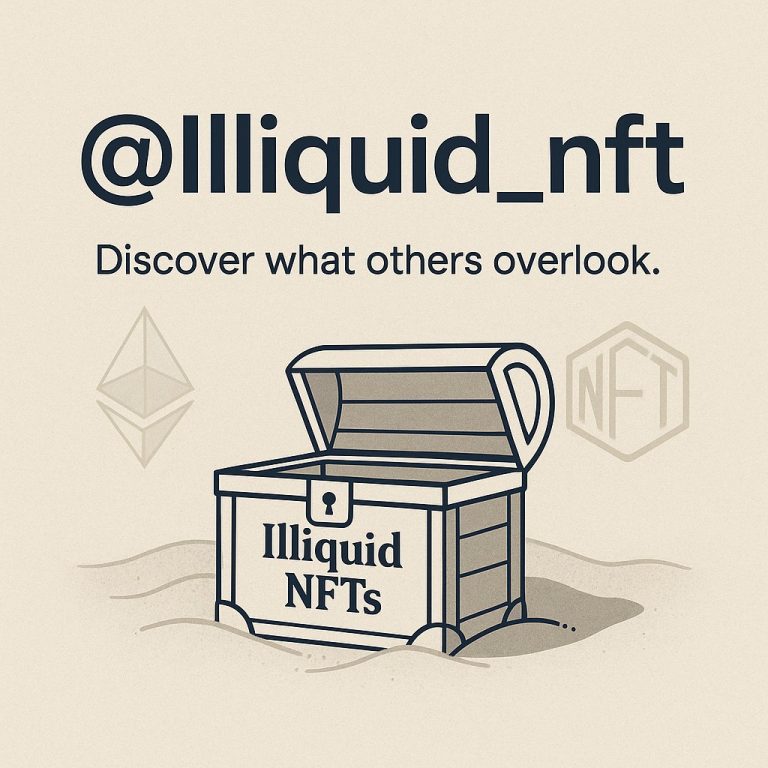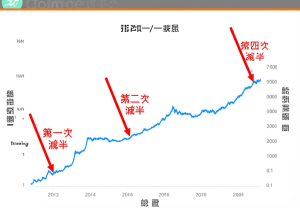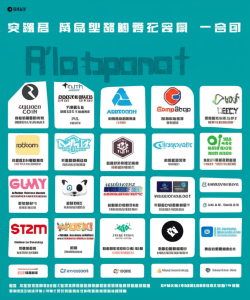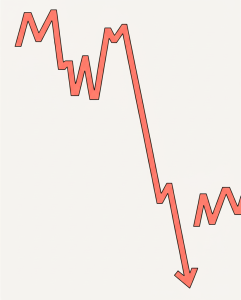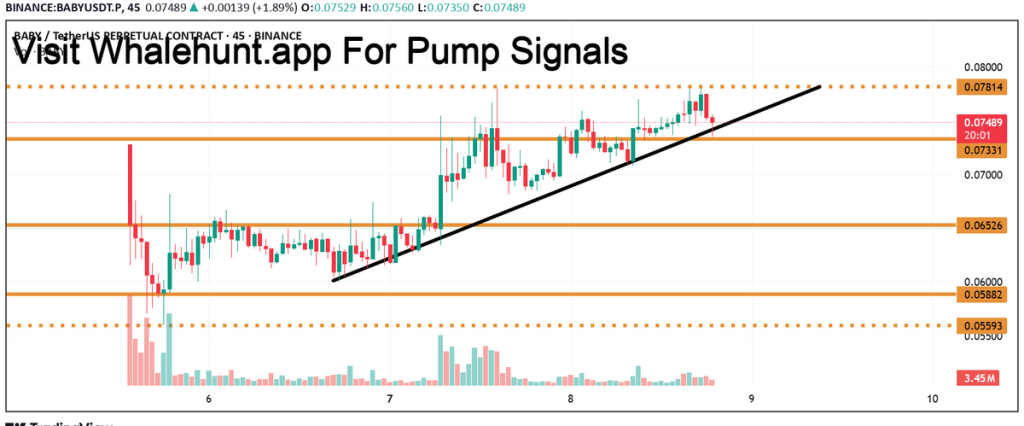
The Evolution of NFTs: Beyond Digital Art
A New Era of Digital Ownership
Imagine a world where your diplomas, concert tickets, or even your favorite digital art pieces are not just images on a screen, but unique, verifiable assets that you truly own. This is the promise of Non-Fungible Tokens (NFTs), a technology that has evolved rapidly in recent years, transforming the way we think about digital ownership and blockchain infrastructure[1][2].
NFTs are unique digital assets verified using blockchain technology. Unlike cryptocurrencies such as Bitcoin or Ethereum, which are fungible and can be exchanged on a one-to-one basis, NFTs are distinctive and cannot be replaced on a like-for-like basis. This uniqueness makes them ideal for representing ownership of specific items or rights.
The Current State of the NFT Market
The NFT market has seen significant growth and transformation. Initially, NFTs gained popularity as a way to buy and sell digital art. However, the use cases for NFTs have expanded far beyond digital art. Today, NFTs are being used in various industries, from gaming and music to real estate and supply chain management.
One of the most promising use cases for NFTs is the issuance of unique documents like diplomas or certificates. Traditional paper certificates can be easily forged or lost. In contrast, NFT-based certificates are secure, tamper-proof, and easily verifiable. This makes them an ideal solution for educational institutions, professional certifications, and other organizations that issue important documents.
Blockchain Infrastructure: The Backbone of NFTs
The evolution of NFTs is closely tied to the advancements in blockchain infrastructure. Blockchain technology provides the security and transparency needed to verify the authenticity and ownership of NFTs. As blockchain infrastructure continues to improve, so too will the functionality and potential applications of NFTs.
One of the key advancements in blockchain infrastructure is the development of layer-2 solutions. These solutions aim to improve the scalability and efficiency of blockchain networks, making them more suitable for widespread adoption. For example, the Ronin Network, a layer-2 solution for Ethereum, has been used to create the Fishing Frenzy Founders Pass NFT Collection[3]. This collection allows holders to access exclusive benefits and rewards within the Fishing Frenzy game, demonstrating the potential of NFTs in the gaming industry.
The Future of NFTs: Beyond Digital Art
As the NFT market continues to evolve, we can expect to see even more innovative use cases for this technology. One area with significant potential is the music industry. NFTs can be used to represent ownership of songs, albums, or even concert tickets. This would allow artists to have more control over their work and fans to have a more direct connection with their favorite musicians.
Another promising area is real estate. NFTs can be used to represent ownership of physical properties, making the buying and selling process more efficient and secure. Additionally, NFTs can be used to represent fractional ownership of properties, allowing more people to invest in real estate.
Challenges and Opportunities
Despite the promising potential of NFTs, there are still challenges that need to be addressed. One of the main challenges is the environmental impact of blockchain technology. The energy consumption of blockchain networks, particularly those that use proof-of-work consensus mechanisms, has been a subject of controversy. However, the development of more energy-efficient consensus mechanisms, such as proof-of-stake, offers a potential solution to this problem.
Another challenge is the regulatory environment. As NFTs become more mainstream, governments and regulatory bodies are paying more attention to this technology. It is essential to strike a balance between regulation and innovation to ensure the sustainable growth of the NFT market.
Conclusion: Embracing the Future of Digital Ownership
The evolution of NFTs represents a significant shift in how we think about digital ownership and the potential applications of blockchain technology. From digital art to gaming, music, and real estate, the use cases for NFTs are vast and varied. As blockchain infrastructure continues to improve, we can expect to see even more innovative applications of this technology.
The future of NFTs is bright, but it is not without its challenges. Addressing issues such as environmental impact and regulatory uncertainty will be crucial for the sustainable growth of the NFT market. However, with the right approach, NFTs have the potential to revolutionize the way we think about ownership and digital assets.
As we look to the future, it is essential to embrace the opportunities that NFTs present while also being mindful of the challenges. By doing so, we can ensure that this technology reaches its full potential and benefits society as a whole.
References
[1] “The NFT market is evolving rapidly, with blockchain infrastructure undergoing notable advancements. Yet, questions remain regarding its functionality and potential applications. One promising use case is issuing unique documents like diplomas or certificates as” NFT Market Evolution
[2] “The NFT market is rapidly evolving, with blockchain infrastructure transforming significantly in recent years. Yet, questions remain about its operational potential and applications for non-fungible tokens. A promising use case is the blockchain recording of” Blockchain and NFTs
[3] “Fishing Frenzy Founders Pass NFT Collection On The @Ronin_Network Data Analysis | @Dune Dashboard 🎣 If you love @FishingFrenzyCo this post is for you! ❤️Check the full dashboard here ⬇️ Dashboard 🔗 – https://t.co/tEQbulTGDt- The founders pass is your key to the Fishing…” Fishing Frenzy NFT Collection


